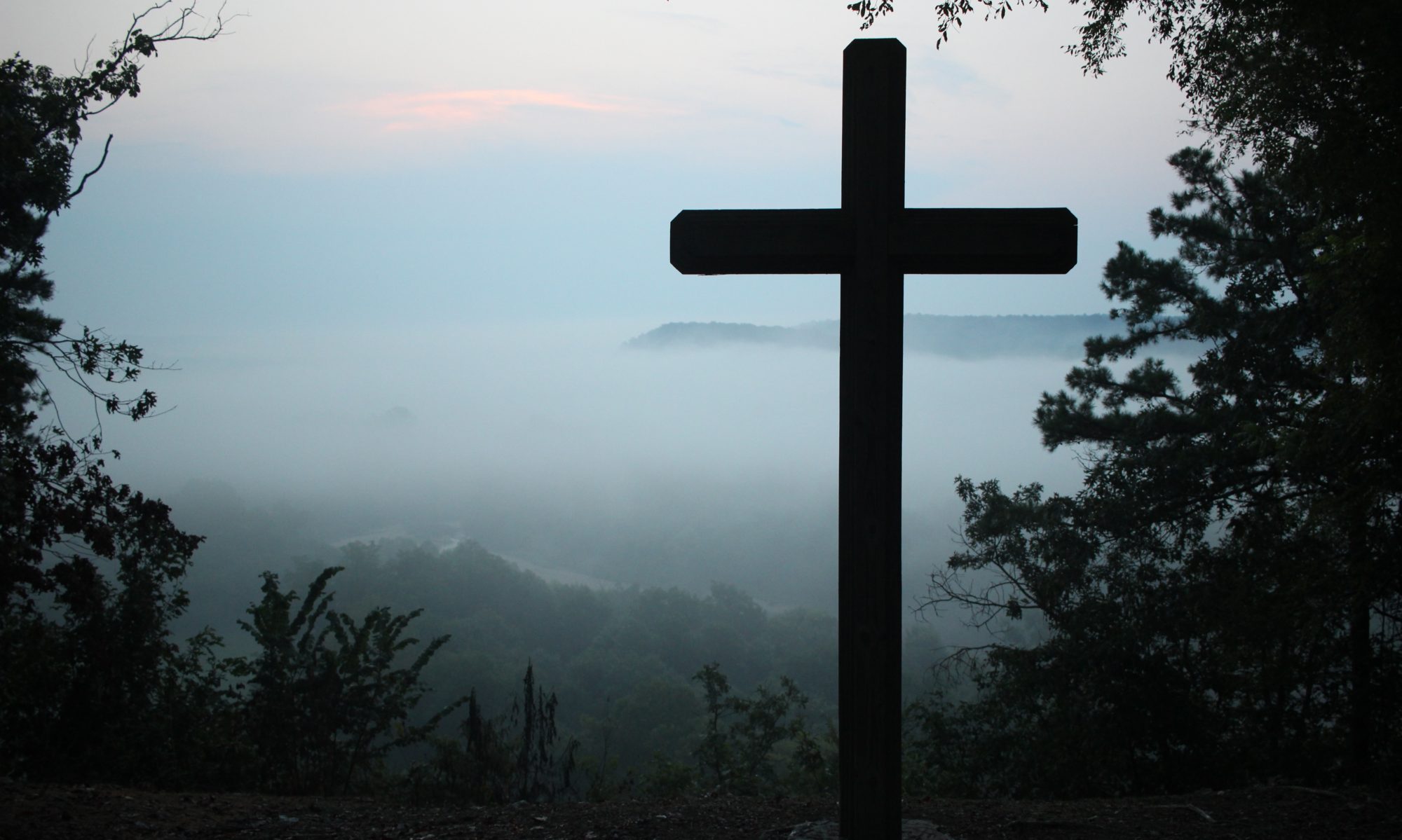
Now Mary stood outside the tomb crying. As she wept, she bent over to look into the tomb and saw two angels in white, seated where Jesus’ body had been, one at the head and the other at the foot.
They asked her, “Woman, why are you crying?”
“They have taken my Lord away,” she said, “and I don’t know where they have put him.”
Mary is back at the tomb. When we last saw her, she was telling Peter and John that she had found the tomb empty. Peter and John ran as fast as they could back to the tomb. They, too, found it empty. John then reports that, “… the disciples went back to where they were staying.” (V10)
Mary must have followed them back to the tomb. I expect that she probably walked back. She had already run the whole way to tell the men what she had found. She is sad. Did she see John and Peter as they came back along the way? She must have. John doesn’t say.
Mary finds her way back to the tomb. All she knows to do is cry. The pain of losing Jesus twice is more than she can bear. She hurts and she cries. Eventually, she looks into the tomb. Have you ever done that? Looked a second time to make sure what you saw was real? I have! She looked again. This time there are two angels in the tomb.
Often when angels appear they are in the form of men. Sometimes it seems difficult to recognize that they are, in fact, angels. In this passage, there is no doubt. No description of two “men” sitting there who appear out of nowhere. Mary knew immediately that these were angels. Interesting!
The angels speak: ”Woman, why are you crying?”
Perhaps they honestly don’t know! It might be that all heaven was so busy celebrating Jesus’ victory over death that it seemed unthinkable that all Creation wasn’t doing the same.
Application: Sometimes the human view is very different than the heavenly view. From heaven’s perspective, there was no mystery of where Jesus was. They all knew. They had to. The Son of God was not someone whom Heaven could ignore. His resurrection was a victory unlike the universe had ever seen before or will ever see again. Sometimes faith is trusting that God has all the information even when we do not.
Food for Thought: When you find yourself in dire straits and all you can think to do is cry, is God any less in control than when things seem to be going well?
Please click ‘’Continue Reading” for comments.
Continue reading “Crying – John 20: 11-13”








